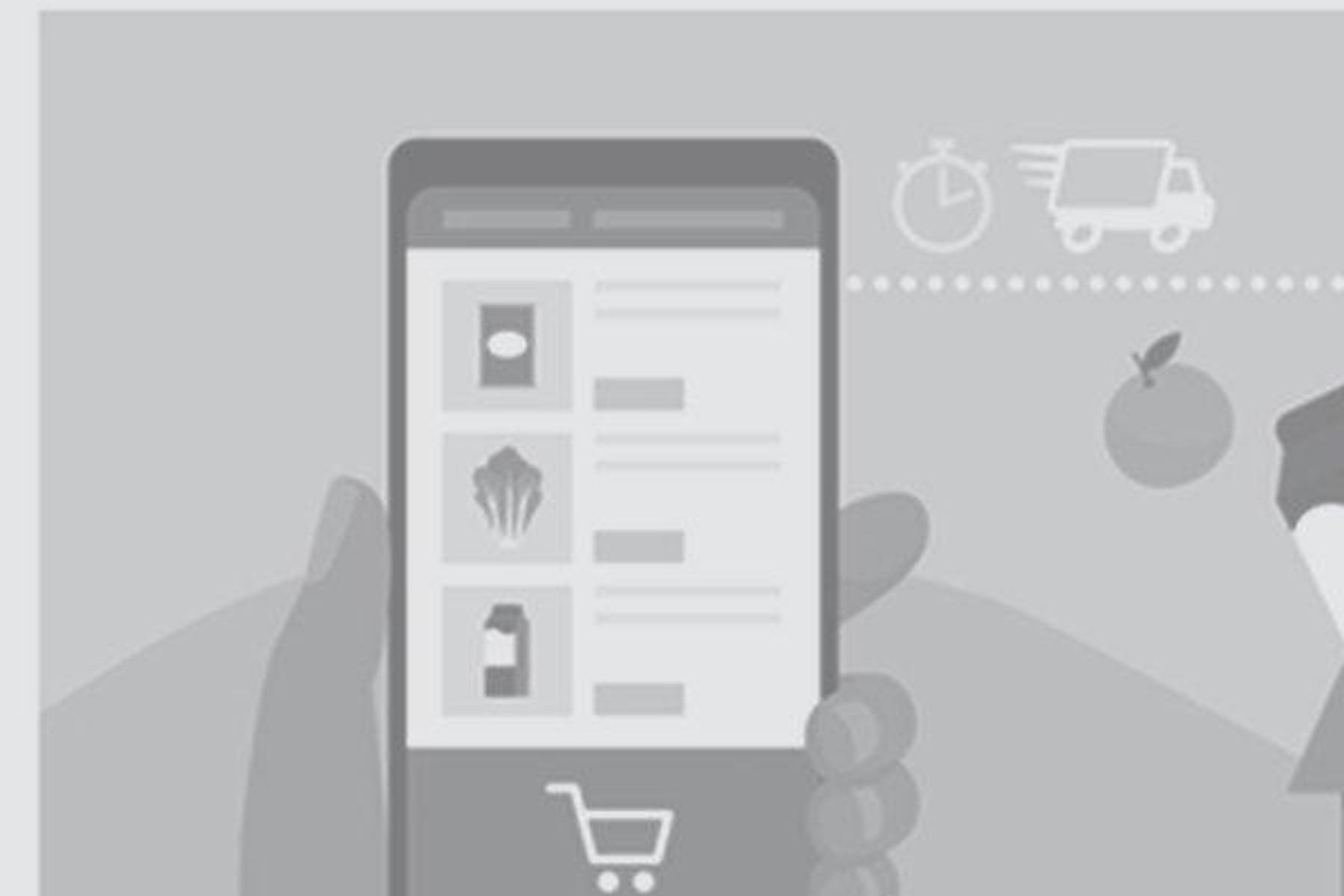The e-groceries market has grown steadily over the past few years. But in 2020, the COVID-19 pandemic gave it a strong boost — online grocery shopping has seen a 65% increase, which equals 2.5 billion euros.
At the same time, the market has become more diverse. Traditional grocery stores such as Albert Heijn and Jumbo deliver groceries at home, online-only grocery stores like Picnic and Crisp have gained popularity, and rapid grocery delivery companies such as Gorillas attract customers with time-based promises. There's a market for convenience products, too — HelloFresh and MarleySpoon, for example, provide meal boxes. And let's not forget about niche players that deliver specific products like fresh bread, fresh fish, or farmhouse cheese to your doorstep.
Facilitating the challenge of scaling up: a national distribution network
All grocery providers need to get these groceries to customers' front doors. That's quite the challenge, as each product should remain fresh and arrive in one piece. Some products are vulnerable. Others must be kept refrigerated throughout the logistics process. How to ensure customers receive everything as expected?
In this relatively new market, e-grocery startups often set up their own distribution networks (Picnic even designs its own delivery vehicles). But that's a costly endeavor. So, many startups only deliver in urban areas, as the distances are short. That allows them to use electric carrier tricycles, among other things.
PostNL saw an opportunity to facilitate national reach. Since 2016, it has offered its services to grocery providers, delivering fresh, vulnerable, perishable products to customers.
Here's how PostNL has gone about it. The company joined forces with Wageningen University & Research and NLR to design a box with different temperature zones, which can be transported in non-refrigerated vehicles for a longer period of time. The food delivery network is an extension of PostNL's proven parcel delivery network, which means it can leverage many assets and years of experience. That is why the company manages to deliver orders to customers across the Netherlands and Belgium in a correct, timely fashion within a day.
Going off the beaten track: fulfillment solution and B2B platform
But PostNL Food does not follow the beaten track. For some customers, it also provides fulfillment: it manages inventory and processes orders from its own refrigerated warehouse. This is the stepping stone to a platform — it's reminiscent of bol.com and Amazon.
What if providers that use the warehouse would also join forces when it comes to sales? Cross-selling is lucrative for providers and customers alike — and in this case, the logistics provider benefits, too.
PostNL is currently testing this concept in a B2B setting through a platform called Truffelz. But the company has already expressed its ambition to become the bol.com or Amazon for fast-moving consumer goods, so it's a matter of time until it will introduce a B2C platform.
PostNL Food: disruptor in the e-grocery market?
Most platforms are built to bring supply and demand together. Logistics are usually next, as logistics service providers are lining up to tackle the process. PostNL has adopted a reverse approach, using its strong logistics proposition as a unique selling point to bring e-grocery providers together. It might just work for the food industry, which places challenging demands on logistics.
But will consumers embrace a platform like that? Perhaps. It's a central place where they can do their grocery shopping, picking from preselected online providers. Basically, it's the virtual version of a traditional grocery store.
The platform format makes for a wider choice, though. It provides consumers with better access to (local) products that have been produced on a smaller scale. The downside is that people may have to scroll through a dozen of providers to find a bunch of mint leaves. As we live in an era where choices are endless and time is limited, consumers might prefer to leave this selection up to the traditional online or offline grocery store buyer.
Will traditional grocery stores like Albert Heijn and Jumbo have to compete with PostNL Food's platform grocery store? The near future holds the answer to that question!

